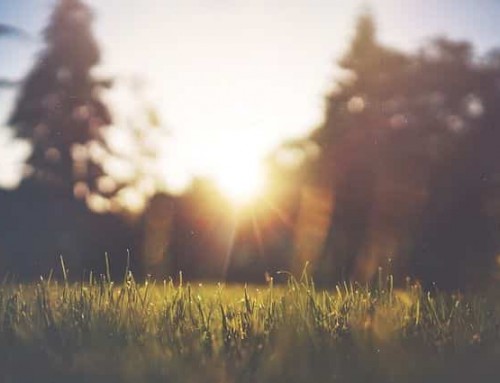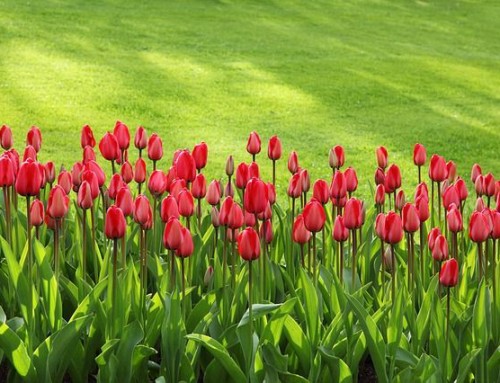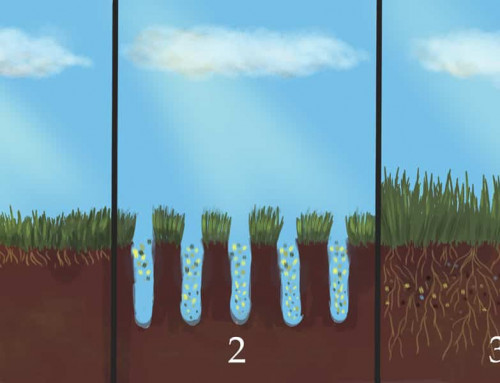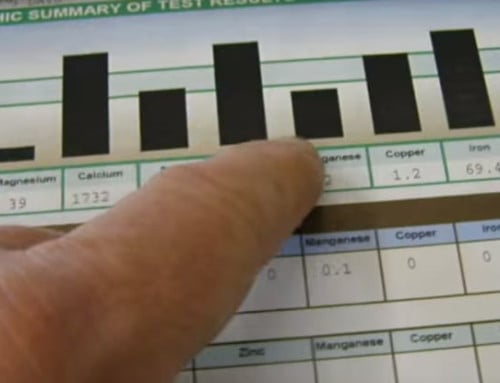As you know, the weather keeps changing in the greater Seattle area. We hit 90 degrees very early this spring. The weather has been getting hotter earlier and staying hotter later in the fall. If you are going to let your lawn go dormant this summer, you need to water 3-4 times a month in order to keep your lawn alive. The rules for lawn care are changing. What used to work is no longer working. As always, I suggest using an organic fertilizer at least twice a year to help improve your soil and cut the cost of irrigation. Remember what the farmers used to say, “If you take care of the soil, it will take care of the plant.”
I have added two new products to help my clients deal with the changing weather. The first was a soil wetting agent, used to help clients in the summer with sprinkler systems that were developing localized dry spots. This wetting agent has a unique characteristic of producing downward and lateral movement of water (omni directional), which provides a uniform moisture profile throughout your lawn for up to 45 days. This allows not only water but also nutrients to be distributed evenly throughout your lawns root zone. I am now using this in fall to help promote fall seed germination.
The second product I started carrying this year is a soil amendment within top dressing. The soil underneath many lawns is now very nutrient deficient and of poor quality. The soil is no longer supporting the grass plants under times of stress. The soil amendment I am carrying holds and releases water and nutrients as the soil requires it. It prevents compaction in clay soils, of which are common in this area. This also works very well with sandy soils because the minerals stay with the soil instead of getting washed away in the rain. This top dressing will open tight clay-based soils, speed lawn recovery, and stimulate soil biology without a big nitrogen push. This combination allows for oxygen movement through the soil and promotes an active microbial generated nitrogen cycle. This top dressing can save those hard to grow areas and encourages quick recovery of “dead spots”.





